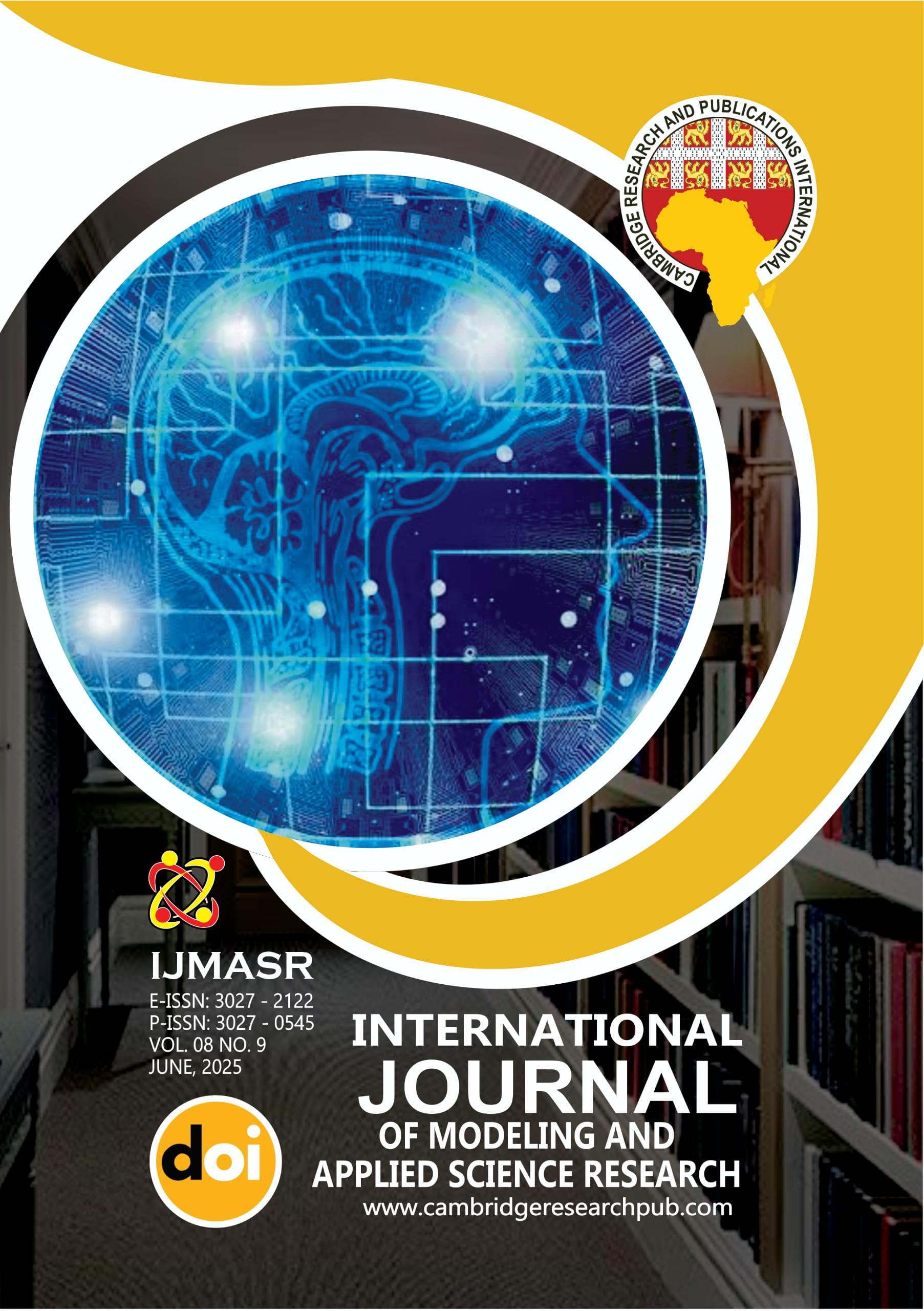MACHINE LEARNING-BASED PREDICTION OF LOCAL GEOID IN DATA-SPARSE REGIONS FROM DEM AND GLOBAL GRAVITY GRIDS A CASE STUDY OF PLATEAU STATE, NIGERIA
Main Article Content
Abstract
Geodetic and engineering applications require accurate geoid modeling, but conventional results cannot achieve this in data-spare areas such as the Plateau State in Nigeria. This paper developed a machine learning (ML) method of geoid height prediction based on the global gravity datasets to fill the gap in the local geoid coverage in the spectral area with inadequate dense gravity measurements. The analysis combined the Earth Gravitational Model 2008 (EGM2008), EIGEN-6C4 geoid anomalies and EIGEN-6C4 gravity anomalies with Shuttle Radar Topography Mission (SRTM) digital elevation models (DEMs) as predictors. Hyperparameter tuning of three ML algorithms, Random Forest (RF), XGBoost and Linear Regression (LR) was run based on an 80:20 split dataset using the GridSearchCv. Performance of models was determined with Root Mean Square Error (RMSE) and coefficient of determination (R2). The results proved to be extremely accurate: XGBoost produced the best RMSE (0.0500 m) and the highest R2 (0.9993), followed very closely by RF (RMSE = 0.0506 m, R2 = 0.9993), and LR was slightly worse (RMSE = 0.0998 m, R2 = 0.9971). The analysis of feature importance indicated the EIGEN-6C4 geoid height as the most relevant predictor, whereas DEM gave second-order terrain corrections. This refined model produced a smooth geoid surface that fits topographic and gravity anomalies of Plateau State, as seen in the symmetrical distribution of the residuals around zero. This study affirm that the machine learning algorithms can also effectively be applied to model the local geoid surfaces in areas with data scarcity. It is recommended that existing ML methodologies should be implemented in national geodetic agencies especially in data scarce areas as an economical solution to the long-established gravimetric technique, also, the creation of an open-source geoid prediction resource (e.g., Python/QGIS plugin) with the optimized XGBoost model should be considered so that practitioners could need no advanced ML knowledge to generate localized geoid model predictions.
Downloads
Article Details
Issue
Section

This work is licensed under a Creative Commons Attribution 4.0 International License.




